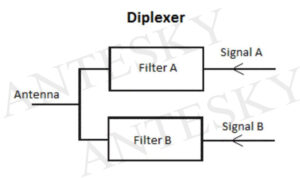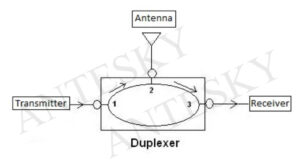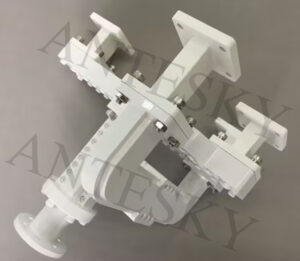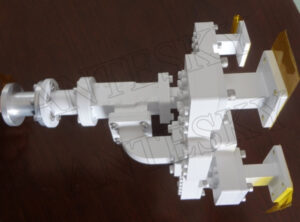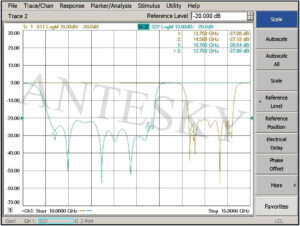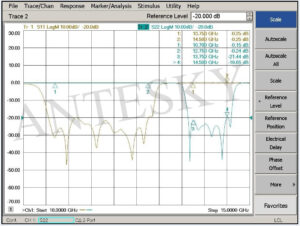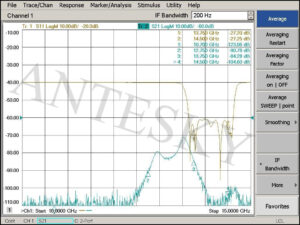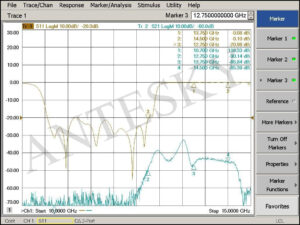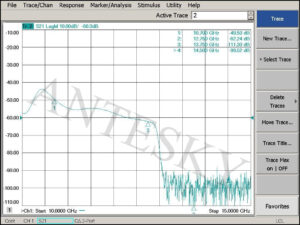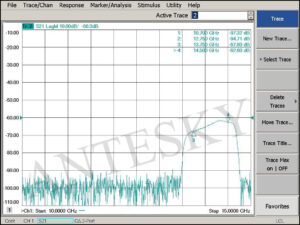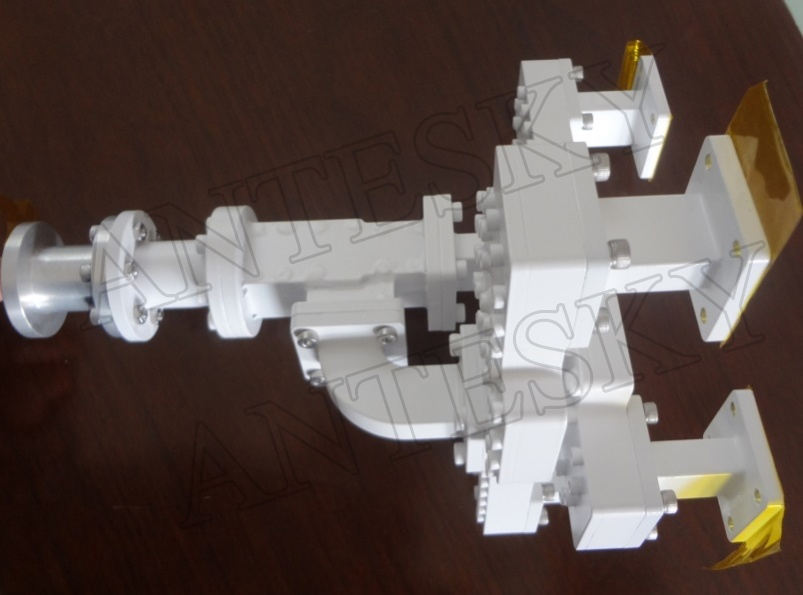
What is a diplexer?
Diplexers are widely used in microwave relay communication, microwave communication, radar, electronic countermeasures and microwave measuring instruments. Its function is to isolate the transmitting and receiving signals to ensure that the receiving and transmitting can work normally at the same time. It is composed of two sets of bandpass filters of different frequencies, avoiding the transmission of the local transmitted signal to the receiver.
A diplexer is a three port filtering device which allows transmitters and receivers operating at different frequencies to share the same antenna. A diplexer typically consists of two band pass filters connected in parallel. One filter provides a path between the transmitter and the antenna, the other provides a path between the antenna and the receiver. No direct path between the transmitter and receiver exists.
Why common antenna need with diplexer?
The obvious advantage of using a diplexer is that we can transmit and receive with only one antenna. With space on towers at base station sites at a premium, this is a real advantage. In single channel systems, where there is only one transmitter and one receiver, use of a diplexer so they can share a common antenna is a straightforward choice. However, when multi-channel systems with several combined transmit and receive channels are considered, the situation becomes more complex.
The main disadvantage of using diplexers in multichannel systems can be seen when we consider transmitter intermodulation. This is the mixing of the multiple transmit signals on the antenna. Satellite Antenna in C band, ku band, ka band or S/X, C/L or other customized dual band antenna are available in Antesky. Firstly, there are various projects we had ever done around the world about earth station ground station antenna and portable flyaway antenna for detailed reference. Also, you can view our satellite antenna installation video for knowing our antenna structure.
Separate Tx and Rx antennas
If we use separate transmit and receive antennas, it takes up more space on the tower.
The big advantage is that, while passive intermodulation still occurs in the same way between the combined transmitted signals, there is no longer a direct path for these products to reach the receiver. Instead, the isolation between the transmit and receive antennas provides additional protection. If the transmitters and receivers are arranged in a co-linear fashion (ie: one directly above the other, generally with the receive antenna highest up the tower), then isolations in excess of 50dB are easily achievable.
So in conclusion, for single channel systems, go ahead and use a duplexer. But for multi-channel systems, while separate antennas will cost you more space on each tower, this is the more resilient option. It protects your system better from the significant interference from passive intermodulation as a result of those very minor and difficult to isolate assembly or maintenance faults.
What is the difference between a Diplexer and Duplexer?
A Diplexer is a 3-port passive device that allows two different devices to share a common communication channel. It consists of two filters (Low Pass, High Pass or Band Pass) at different frequencies connected to a single antenna. In the figure below, Signal A at Frequency A enters the Diplexer and passes through Filter A to the antenna. Singal B at frequency B, passes through Filter B to the same antenna. Both the signals need to be at different frequencies by a significant percentage, so that filters can easily sort them.
A Duplexer is a 3-port device that allows the transmitter and receiver to use a single antenna, while operating at the same/similar frequencies. It is a device that allows two-way communication over a single channel by isolating the receiver from transmitter while transmitting a pulse and isolating the transmitter from receiver while receiving a pulse, allowing them to share the same antenna. In a duplexer there is no direct path between the transmitter and receiver. It can be thought of as a circulator i.e the signal from port 1 is routed to port 2 and the signal from port 2 is routed to port 3. Port 1 and Port 3 are isolated from each other.
Antesky Diplexer
Antesky as a professional antenna equipment and accessories supplier, we has diplexer in advantage and with best price. Here below we will show you a brief introduction about Antesky Ku-Band 4-Port Diplexer.
Technical specification of Ku-Band 4-Port Diplexer
| Frequency Band | Tx:13.75~14.50ghz
Rx:10.70~12.75ghz |
| Insertion Loss | Tx:0.35db Max
Rx:0.40db Max |
| Polarization | Linear Polarization(V&H) |
| VSWR | Tx:1.25 Max
Rx:1.25 Max |
| Crosspol | 35db Min |
| Isolation | Tx/Rx:85db Min
Rx/Tx:75db Min Tx/Tx:35db Min Rx/Rx:35db Min |
| Power Handling | 2kw Cw (1kw Each Tx Port) |
| Pressurization | Sealed To 5.0 Psig |
Photo display of Ku-Band 4-Port Diplexer
Diagram of Ku-Band 4-Port Diplexer
Test Chart of Ku-Band 4-Port Diplexer
- Return Loss of Tx&Rx(V-POL) for Ku-Band 4-Port Diplexer
- Return Loss of Tx&Rx(H-POL) for Ku-Band 4-Port Diplexer
- Isolation(V-POL)of Ku-Band 4-Port Diplexer
- Isolation(H-POL)of Ku-Band 4-Port Diplexer
- Isolation(Rx/Rx)of Ku-Band 4-Port Diplexer
- Isolation(Tx/Tx)of Ku-Band 4-Port Diplexer
Above is brief introduction about Antesky Ku-Band 4-Port Diplexer. We hope this article is helpful for you to know more about diplexer. Also, satellite communication antenna in C band, ku band, ka band or S/X, C/L or other customized dual band antenna are available in Antesky. and you can view installation video of satellite antenna for knowing Antesky antenna structure.
If you are interested in anything about satellite communication system, welcome to talk with us via sales@antesky.com or can send us WhatsApp message here directly.

